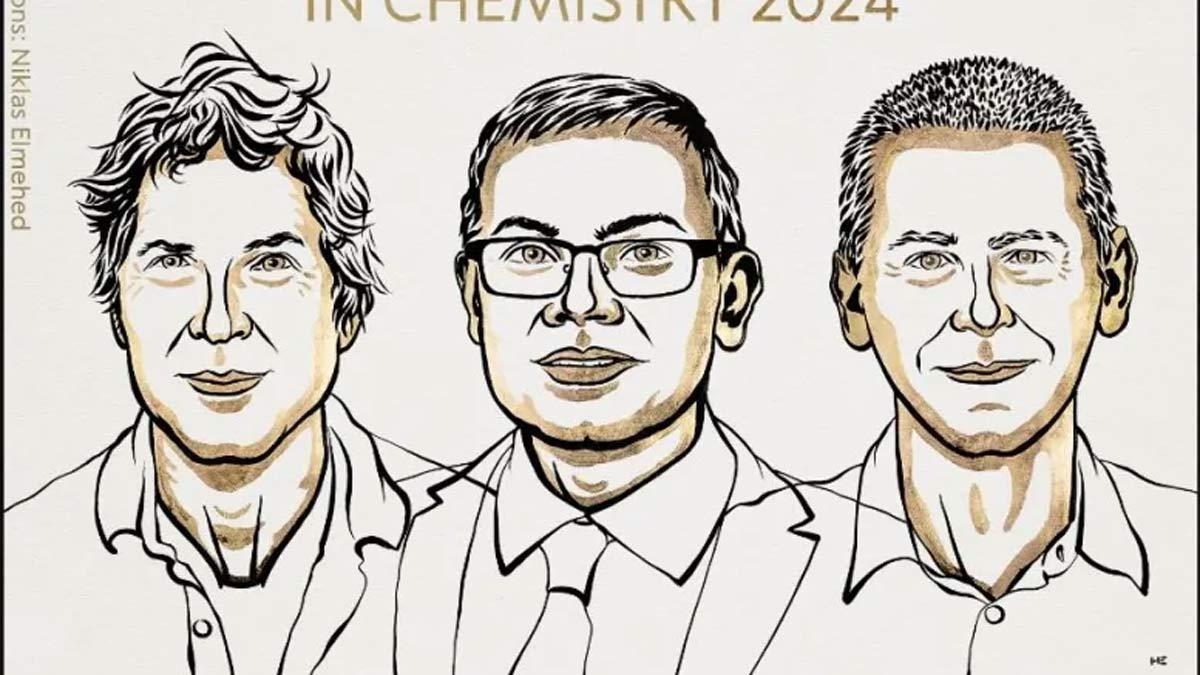A team of Spanish scientists has led the first detailed study of the evolution of the discontinuity of Venus's clouds, that are like a gigantic atmospheric wave.
They found that the planet's deepest clouds also propagate a tsunami which may be playing a very significant role in the acceleration of Venus's fast-moving atmosphere.
The observations, by a group of scientists from the Universities of Seville and Basque Country in Spain, were carried out non-stop for more than 100 days. They detailed their findings in the journal Astronomy & Astrophysics.
The team used the Ultraviolet Imaging (UVI) camera that was on board the 2022 Japanese mission Akatsuki to see the highest clouds in Venus.
Also Read | Giant asteroid to zip past Earth closer than Moon on Saturday
They found that the discontinuity was capable of propagating for a few hours to around 70 km above the surface of Venus.
"This is surprising, because until now the discontinuity appeared 'trapped' in the deepest clouds and we had never observed it at such a high altitude," said astrophysicist Javier Peralta from the University of Seville.
In general, regions where winds have the same speed as a wave act as a physical "barrier" for the propagation of that wave.
Because winds gradually increase with height on Venus and have higher speeds than the discontinuity at the peak of the clouds, the discontinuity attempts to propagate upwards from the deep clouds, but meets this obstacle on its way and eventually dissipates.
Thus, experts were surprised when they measured the winds in the high clouds with Akatsuki: they found that they were unusually slow in the first half of 2022, several times slower than the discontinuity itself. And if the winds grow much more slowly with height, the discontinuity takes longer to find atmospheric regions as fast as itself, allowing it to propagate to higher altitudes.
Also Read | NASA mission to Saturn's moon may unravel chemistry leading to life
"Measuring the winds on Venus is essential to try to explain why Venus's atmosphere spins 60 times faster than the surface," Peralta said.
Peralta explained that this atmospheric phenomenon is known as superrotation. "It also happens on the Saturn moon Titan and on many exoplanets, but after more than half a century of research we still cannot satisfactorily explain it," he said.


















